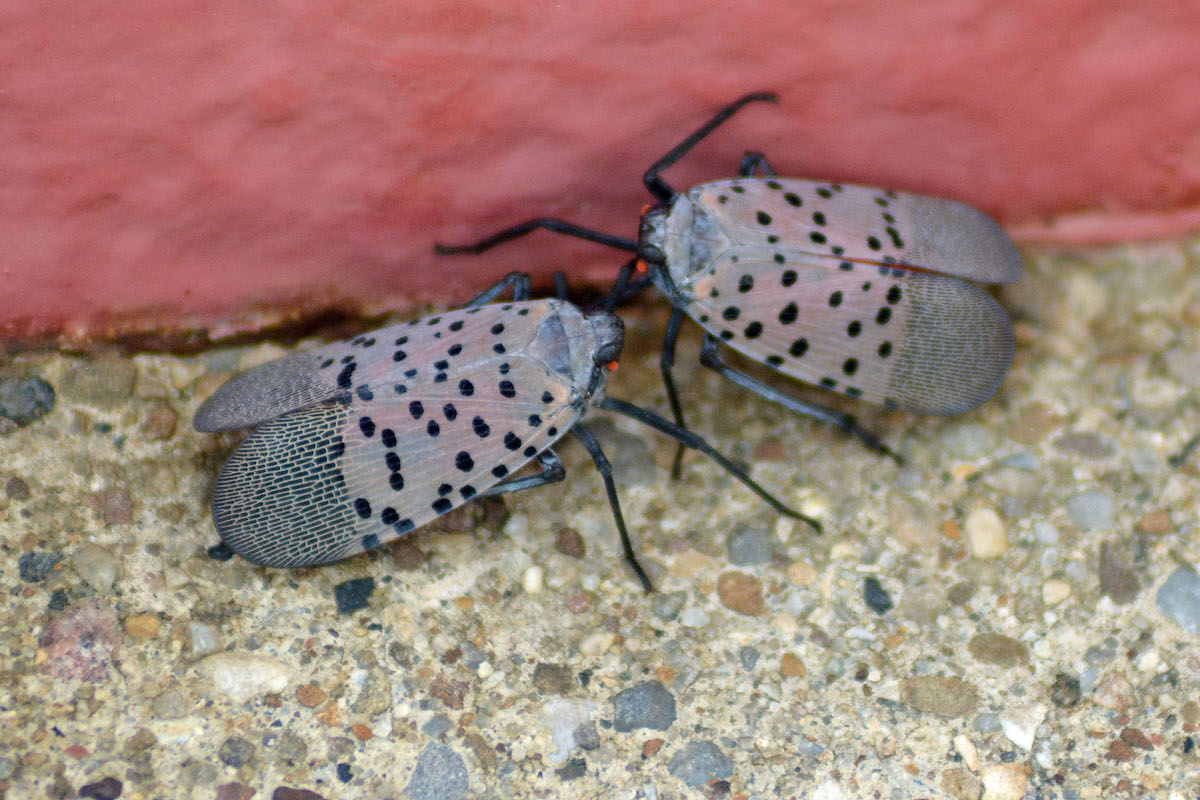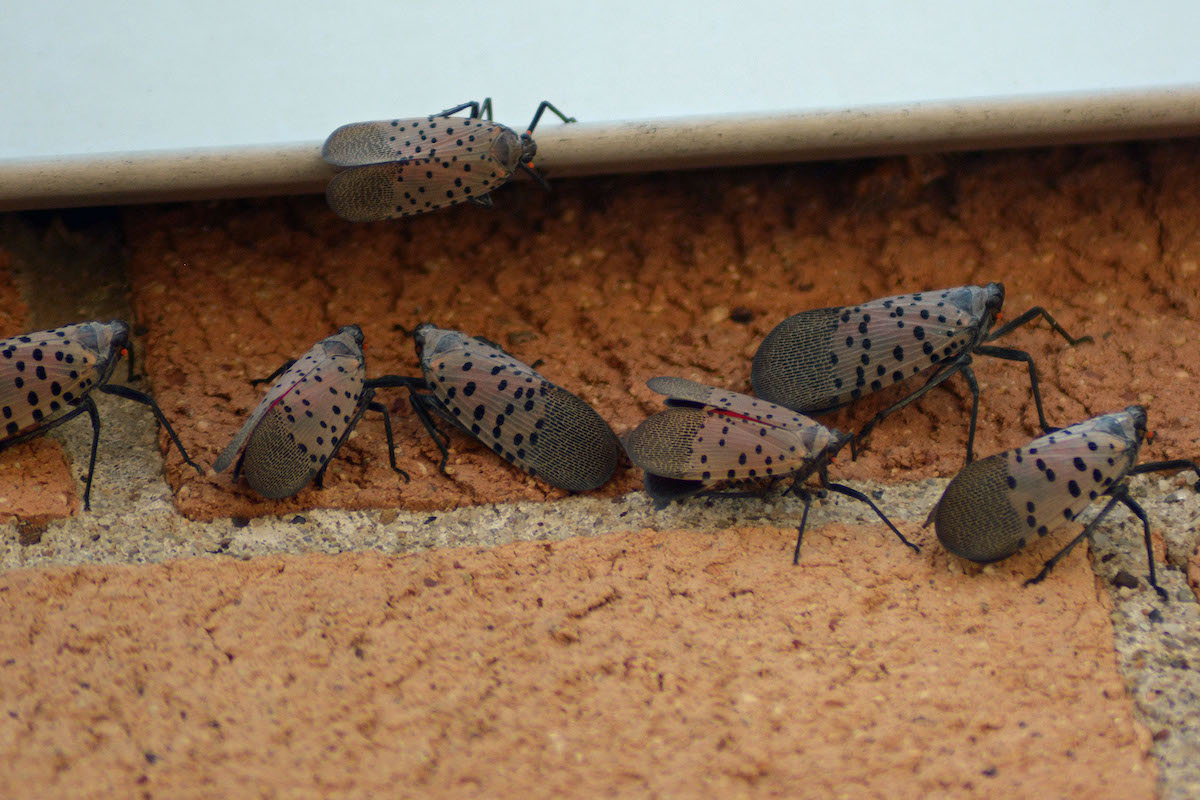(Advertisement)
Tube City Community Media Inc. is seeking freelance writers to help cover city council, news and feature stories in McKeesport, Duquesne, White Oak and the neighboring communities. High school and college students seeking work experience are encouraged to apply; we are willing to work with students who need credit toward class assignments. Please send cover letter, resume, two writing samples and the name of a reference (an employer, supervisor, teacher, etc. -- not a relative) to tubecitytiger@gmail.com.
Ads start at $1 per day, minimum seven days.
They’re Here: Lanternflies Pestering Local Residents
Invasive species spreading in Mon-Yough area
By Vickie Babyak
The Tube City Almanac
September 22, 2022
Posted in: State & Region

They may seem pretty at first — but spotted lanternflies could cause hundreds of millions of dollars in damage to crops and timber in Pennsylvania every year. The invasive pests have arrived in the Mon-Yough area and are widespread. (Vickie Babyak photo for Tube City Almanac)
The invasive spotted lanternfly is spreading through the Mon Valley. Residents report noticing a few lanternflies in their yards or neighborhoods and others are seeing swarms of them.
According to the Pennsylvania Department of Agriculture, the spotted lanternfly, or SLF, is an invasive plant-hopper native to Asia. It was first discovered in 2014 in Berks County and since then has spread to multiple counties, as well as to Ohio, Virginia and Maryland.
“We’re coming up on the time when SLF lay egg masses from September to November and this is a great time to continue to control the spread,” said Tim Byan, Whetzel Land Steward for the Audubon Society of Western Pennsylvania.
Lanternflies are harmful pests that damage trees by piercing and sucking sap from them. They produce a sugary sticky substance, called honeydew, that attracts many other insects and then creates an environment that promotes fungal growth, further harming trees.
Because the bugs aren’t native to Pennsylvania, they have no known natural predators. The state Agriculture Department has estimated that damage to crops from lanterflies could cost Pennsylvania farms and timber companies $324 million per year and almost 3,000 jobs.

(Vickie Babyak photo for Tube City Almanac)
SLF reproduce every season in large numbers, Byan said, and because they are not preferred food sources for native predators, their numbers could get out of control quite quickly. It is the combination of all these factors that harm the chosen host plant, often highly valuable species like grapes, as well as trees such as maples, walnuts, birches and willows.
Lanternfly eggs are usually laid on vertical surfaces, including tree trunks and sides of houses. They can be scraped off into a Ziploc bag of rubbing alcohol, or thoroughly squished on the ground.
“I use an old credit card for scraping,” said Byan.
For those who feel queasy about squishing bugs, Byan suggests circle traps as a good passive method for SLF control.
Instructions on how to build a circle trap are available from Penn State Extension’s website.
State officials are asking residents to report lanternfly infestations online or by calling 1-888-4BAD-FLY (1-888-422-3359).
Allegheny, Westmoreland and Washington counties are currently under quarantines due to lanternfly infestations. The quartantine forbids residents from moving firewood, landscaping or construction waste, branches or logs, packing materials, and outdoor recreational equipment, including RVs, campers and barbecue grills.
The quarantine requires both residents and businesses to check those items before moving them to another county. Persons who move equipment, wood or plants containing SLF eggs may be subject to criminal penalties.
Vickie Babyak is a photographer and freelance writer from Dravosburg. She may be reached at vbabyak@yahoo.com.
Originally published September 22, 2022.
In other news:
"Police Investigate Fa…" || "Burrell Ground Attack…"
 TM
TM